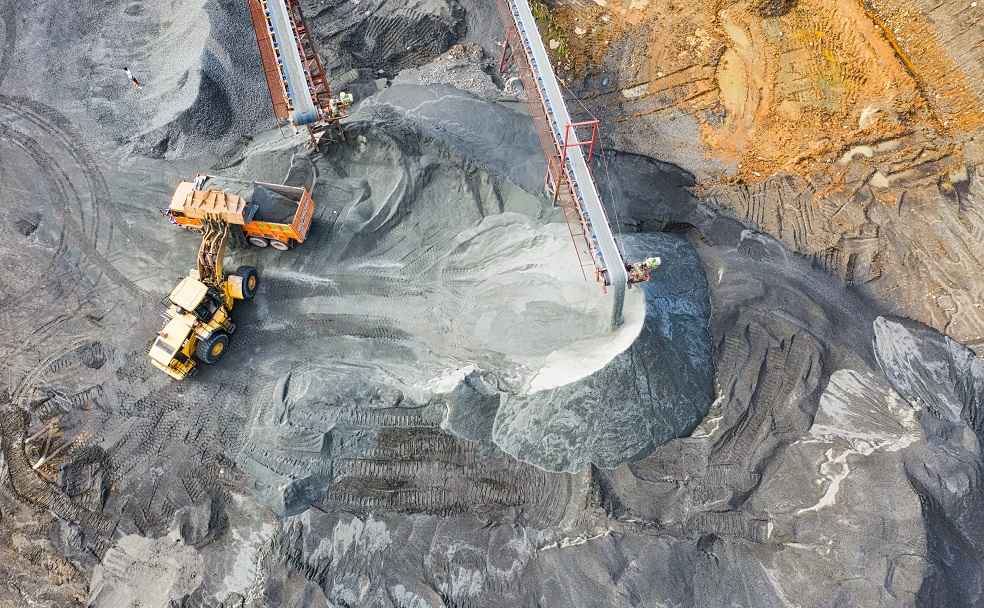As the allure of gold captivates consumers worldwide, the harsh reality behind its extraction remains largely obscured. Gold mining, notorious for its severe environmental harm, is experiencing heightened scrutiny concerning its ecological and societal toll. A striking illustration of this damage is that the creation of a single wedding ring generates an astounding 20 tons of waste, thus underscoring an often-neglected environmental concern.
Gold mining causes community displacement, water contamination, worker health risks, and environmental degradation. It introduces mercury and cyanide into the land and water, posing severe threats to both human and ecosystem health. The harm reaches water sources, as toxic mining waste infuses water bodies with perilous chemicals such as arsenic, lead, mercury, petroleum byproducts, acids, and cyanide.

Studies indicate that every year, mining corporations worldwide discharge approximately 180 million tonnes of hazardous waste into water bodies. This figure does not account for instances where toxins infiltrate watercourses due to infrastructural failures like the collapse of tailings dams, which are engineered to contain mining waste. The United Nations Environment Programme (UNEP) reports that over 221 significant tailings dam failures have occurred globally, causing hundreds of fatalities, displacing thousands, and contaminating the drinking water supply for millions.
Acid mine drainage (AMD), a form of water contamination, poses a distinct threat to aquatic life. This toxic brew impacts community structures in such complex ways that recovery becomes exceedingly challenging. Furthermore, byproducts of AMD, such as mercury and heavy metals, can infiltrate the food chain, leading to persistent health issues in humans and animals over generations.
Research identifies four mines as the leading contributors to water pollution, collectively responsible for 86% of the total 180 million tonnes of tailings per year. These mines include Freeport McMoRan and Rio Tinto’s Grasberg mine, Newmont Sumitomo Mining’s Batu Hijau mine, Ok Tedi Mining Ltd.’s Ok Tedi mine, and Cliff’s Mining Company’s Wabush/Scully mine.

Despite the grim reality of gold mining, there’s a silver lining. Recent studies have shown the possibility of stopping mining operations and relying entirely on recycled gold. Currently, about one-quarter of the annual gold demand is met through recycling—a process that involves no mercury and contributes less than 1% of the water and carbon footprint associated with mined gold.
Models reveal that if all gold mining ceased today, the gold currently in circulation could fulfill industrial needs for centuries to come. Studies have also discovered that jewelry could still be produced using recycled gold, leading to a wholly circular gold industry. This transition necessitates that investors restrict their trading to existing reserves, refraining from adding newly mined gold to their portfolios.

Shutting down gold mines must be accompanied by a comprehensive support system for displaced gold miners and their families. This involves offering affordable training and reskilling programs to help miners secure employment in more sustainable industries.
Steps towards this future are already being taken. Renowned jewelry brands like Pandora have committed to using only recycled gold by 2025. Tech behemoth Apple plans to solely utilize recycled materials by 2030. Conversely, fund managers and central banks should shift their investments from gold mining companies to other stable reserves of value or exclusively recycled gold.

In conclusion, studies suggest that gold mining is not a necessity for the world. The environmental price of gold extraction is colossal, and the shift towards a more sustainable and circular gold industry is not just feasible but already in motion. Remarkably, out of over 2,000 significant mining corporations worldwide, only BHP Billiton is actively taking measures to avert such environmental catastrophes.
LOGISTICS INDUSTRY: India’s e-com logistics set to surpass 10bn shipments by FY28



